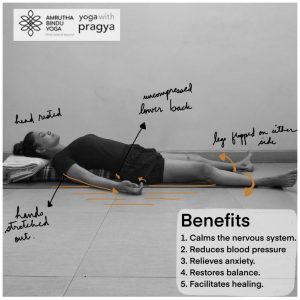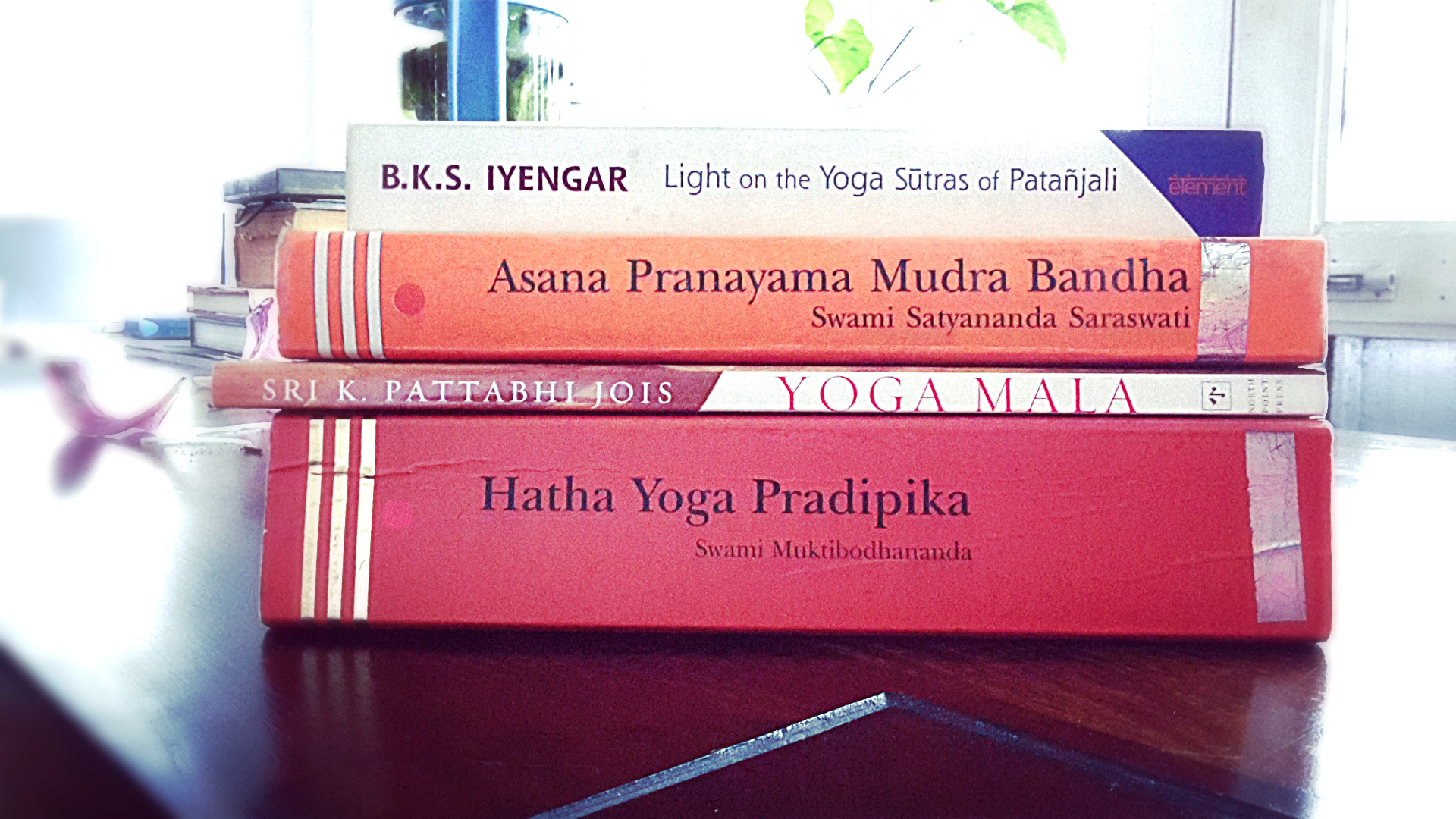‘Verse 32 of the First Chapter of the Hatha Yoga Pradipika states: ‘Lying upon one’s back on the ground at full length like a corpse is called Savasana. This removes the fatigue caused by the other asanas and induces calmness of mind.’ (Light on Yoga, p 422)
And we’re finally at the end of our Immunity Sequence. In the past few weeks many of us have incorporated these asanas into our daily yoga routines and it’s been incredibly gratifying to see everyone stick to yoga routines and, quite frankly, make the most of a bleak situation. I do feel that once we’re through this #21daylockdown, we will see that our individual actions actually did make a difference.
Svasana is also called the Mritasana. Sava and Mrita means a corpse. Your main objective in this asana is to simulate a dead body. A dead body has no movement, and no thoughts (wherein lies the challenge).
It helps to:
- Calms the nervous system.
- Reduces blood pressure.
- Relieves anxiety.
- Restores balance.
- Facilitates healing.
Contraindications
No contraindications! Anyone and everyone can and should practice the savasana.
Busting the Myths
Savasana is everyone’s favorite posture. It’s often treated as a posture where your body rests. However, in this posture your mind is also supposed to remain still. And this is what makes this posture the most difficult. Read on for some practice pointers…
Practice Pointers
- Initially you may fall asleep during savasana. This just means that your body needs more rest. Once your body get the adequate amount of rest, you will be able to bring a meditative quality to your savasana.
- In a one hour class you must make sure to stay in savasana for at least 10 minutes.
Stay tuned for more from our Yoga to Boost Immunity Sequence.
[ddownload id=”8170″] the Daily Yoga Practice Checklist.
Follow Amrutha Bindu Yoga here.
Follow Medha Bhaskar here.
Follow me (Pragya Bhatt) here.

